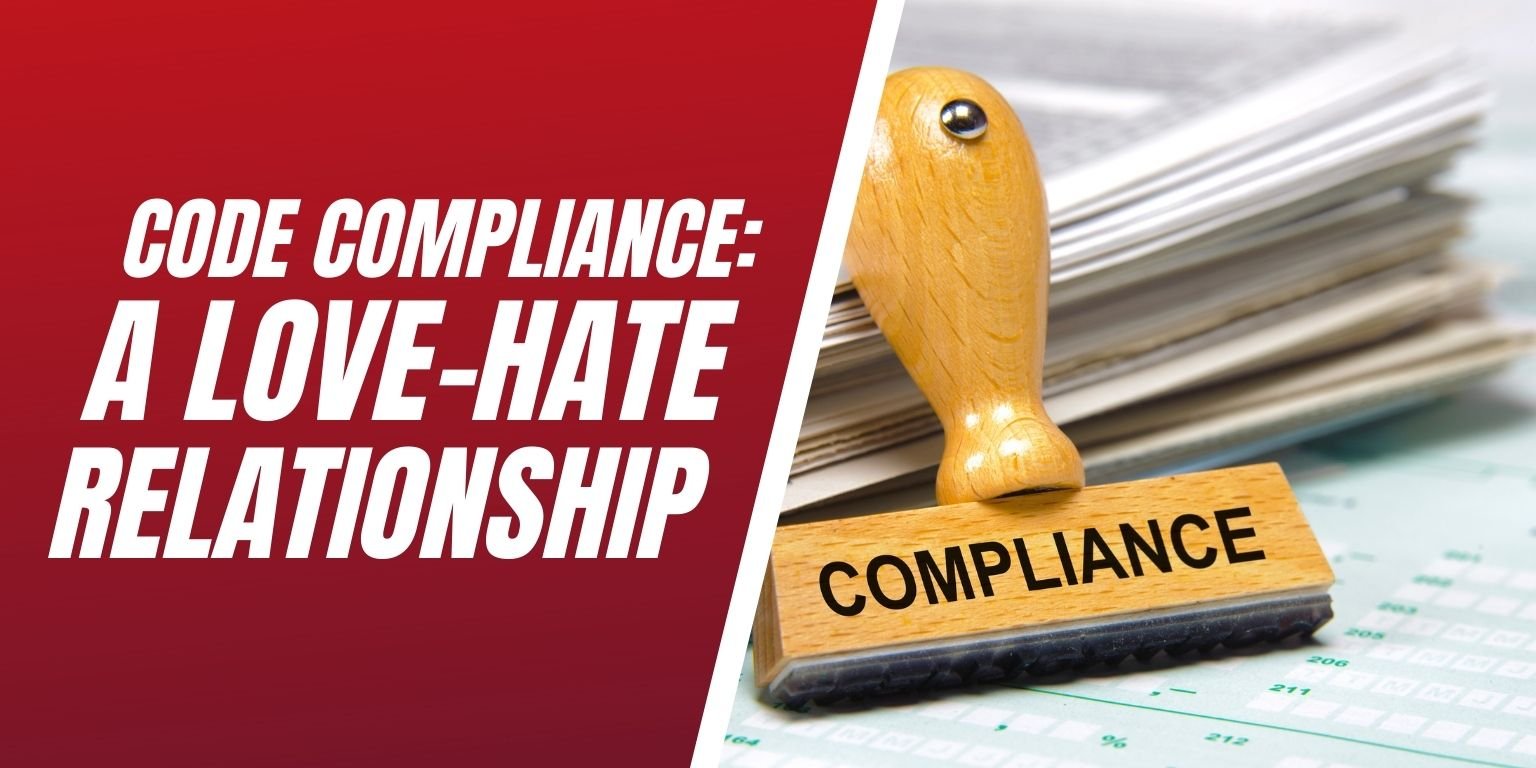
Ask any facility manager and they will attest to the mixed feelings that come with fire safety code compliance. They love knowing their facility is safe and in compliance but hate dealing with the stress of implementation. Allow LSS Life Safety Services to mend this relationship by executing fire safety code compliance procedures for you.
Codes are known to change periodically and it can be an exhausting task attempting to keep up with industry standards. Our highly trained and certified technicians are familiar with all industry codes and stay up to date on any code revisions.
Inspections, repairs and installation services are available for fire doors, fire and smoke dampers, firestopping and fireproofing. We will do our due diligence in ensuring that all services provided are compliant with the fire safety code that your facility must abide by.
NFPA CODE*
The National Fire Protection Association (NFPA) is the source that enforces a variety of fire safety codes that facilities must abide by to keep their building safe for occupants. Code is dependent on the type of fire safety component in assessment such as a fire door or a fire damper.
NFPA 80 – Fire Doors
- Labels are clearly visible and legible.
- No open holes or breaks exist in surfaces of either the door or frame.
- Glazing, vision light frames, and glazing beads are intact and securely fastened in place, if so equipped.
- The door, frame, hinges, hardware and noncombustible threshold are secured, aligned, and in working order with no visible signs of damage.
- No parts are missing or broken.
- Door clearances do not exceed clearances listed in 4.8.4 and 6.3.1.7.
- The self-closing device is operational; that is, the active door completely closes when operated from the fully open position.
- If a coordinator is installed, the inactive leaf closes before the active leaf.
- Latching hardware operates and secures the door when it is in the closed position.
- Auxiliary hardware items, which interfere or prohibit operation, are not installed on the door and frame.
- No field modifications to the door assembly have been performed that void the label.
- Meeting edge protection, gasketing and edge seals, where required, are inspected to verify their presence and integrity.
- Signage affixed to a door meets the requirements listed in 4.1.4.
NFPA 80 & NFPA 105– Dampers
Fire Damper - NFPA 80 – Section 19.4
Each damper shall be tested and inspected one year after installation.
The test and inspection frequency shall then be every 4 years, except in hospitals, where the frequency shall be 6 years.
Smoke Damper - NFPA 105 – Section 6.5
Each damper shall be tested and inspected one year after installation.
The test and inspection frequency shall then be every 4 years, except in hospitals, where the frequency shall be 6 years.
*Please contact us for more information regarding additional code requirements per the NFPA.
International Building Code*
The International building Code (IBC) is another source of code requirements that must be abided by in order to keep facilities free of hazards. The following are codes issued by the IBC.
IBC Code – Firewalls and Fire Barriers
Firewalls – are exterior wall that extends continuously from the base of the building all the way to the roof. They are designed to remain standing even if the adjacent structure collapses. To do so, firewalls are built thicker than normal walls with significant structural stability under fire conditions. Sometimes buttresses or pilasters may also be required in order to provide adequate lateral stability. Firewalls will typically have a 3 to 4-hour fire-resistance rating.
Fire Barriers – are interior walls that extend from the floor‐to‐floor or floor‐to‐roof, including concealed and interstitial spaces. They are designed to sub‐divide portions of the building, and can be supported by structures, such as roofs, columns or floors. All support structures should have a fire-resistant rating no less than that of the fire barrier they support. Fire barriers restrict the initial flow of heat within the area of origin, which provides building occupants with adequate time to evacuate to safe areas. These walls will typically have a 2 to 3‐hour fire‐resistance rating.
*Please contact us for more information regarding additional code requirements per the IBC.
Authority Holding Jurisdiction
The Authority Holding Jurisdiction (AHJ) such as the Joint Commission, fire marshals and insurance risk auditors are responsible for enforcing these requirements. Failure to do so can result in major penalties. LSS Life Safety Services team provides thorough and comprehensive report following all services that will satisfy the AHJ.
A Happily Ever After
We work hard to provide exceptional service to our customers from beginning to end, ensuring a healthy working environment and a painless fire safety procedure experience. LSS Life Safety Services is the missing piece you’ve been searching for in order to create a love-love relationship. Love the peace of mind that comes with a compliant facility and love who you hire! You’re Safe with Us.

